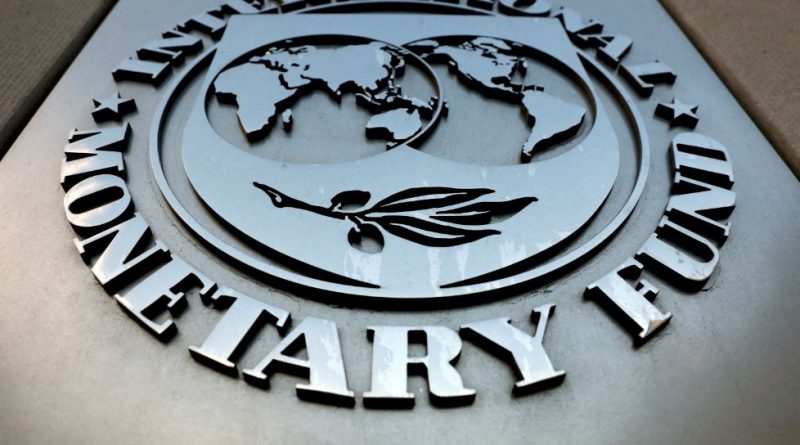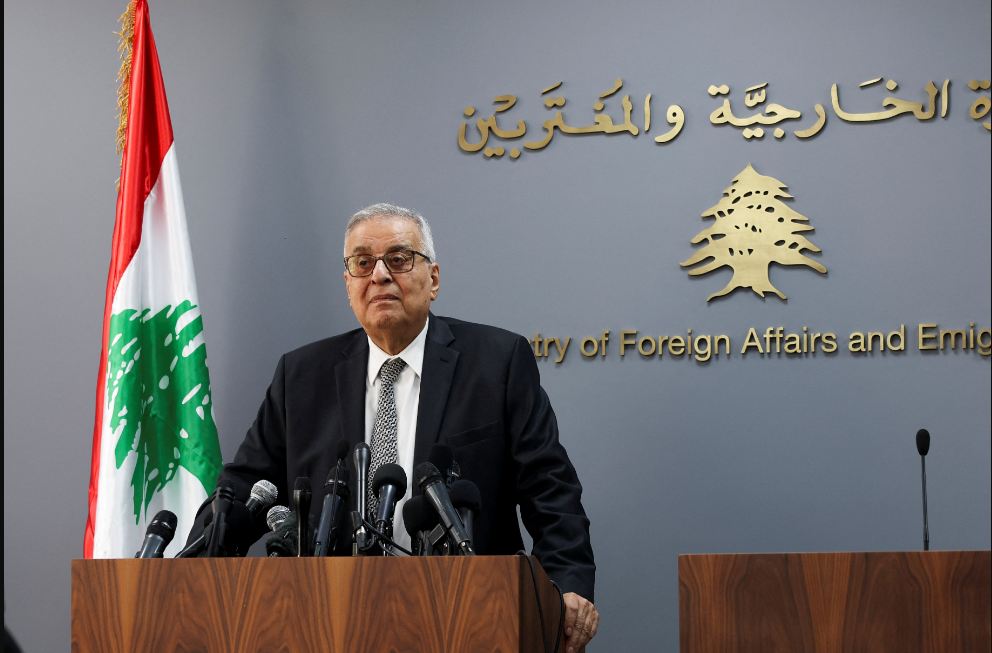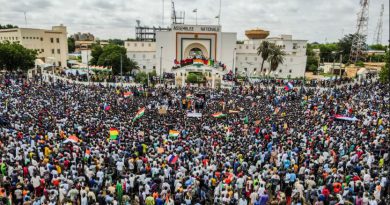Debt deal with creditors could help Sri Lanka clear IMF bailout review
Colombo (Reuters) – Sri Lanka’s pact with creditor nations to restructure its debt prepares the way for the International Monetary Fund (IMF) to consider clearing the first review of a bailout next month, the global lender said on Thursday.
Battling its worst financial crisis in decades, the Indian Ocean nation had been trying since last year to strike restructuring deals with creditors after record low foreign exchange reserves led to a default on foreign debt in May 2022.
Wednesday’s in-principle deal comes about a month after Sri Lanka’s pact with the Export-Import Bank of China covering about $4.2 billion of outstanding debt, while clearing the IMF review could trigger a second tranche of about $334 million in funds.
Sri Lanka and the IMF clinched the staff-level agreement on the first review of the four-year extended fund facility arrangement in October, after a month’s delay.
The second tranche will be disbursed once the IMF’s executive board clears the review.
“These understandings pave the way for the IMF executive board to consider completion of the first review,” Peter Breuer, the IMF’s mission chief for Sri Lanka, said in a statement.
“We look forward to the executive board taking up this review by mid-December and the continuation of our productive collaboration with Sri Lanka.”
Sri Lankan authorities did not immediately respond to a request for comment on the IMF statement.
The finance ministry said the deal with the creditor panel covered about $5.9 billion of outstanding public debt, consisting of a mix of long-term maturity extension and reduction in interest rates.
Japan, together with France and India, co-chairs the committee of 15 nations. But Sri Lanka’s largest bilateral creditor, China, has not joined as a formal member.
Since locking down the IMF bailout of $2.9 billion in March, Sri Lanka has managed to partly stabilise its economy, bring down runaway inflation and rebuild currency reserves.
Finance ministry data shows external debt of $36.6 billion at the end of June. Once the debt restructuring is completed, Sri Lanka hopes to cut its overall debt by $16.9 billion.
After receiving the IMF money, Sri Lanka could get further funding from the Asian Development Bank and the World Bank, taking the total to about $900 million, the central bank governor, P. Nandalal Weerasinghe, said last week.
Sri Lanka’s dollar bond maturing in July 2026 was up 0.28 cents at 51.53 cents by 0500 GMT, Tradeweb data showed. Wednesday’s rise of 1.19 cents was its largest single-day gain in more than a month.
Stock market reaction to the IMF statement was muted, however, with the benchmark index climbing 0.67% when trading opened.
The finance ministry said it would next focus on striking similar deals with other bilateral creditors for debt amounting to $274 million and seek pacts with bondholders who have the bulk of its $12.5 billion of international sovereign bonds.
A debt restructuring proposal by private creditors in October did not get a favourable response from the finance ministry, which said it had “serious reservations” about the proposed macro-linked bonds.



